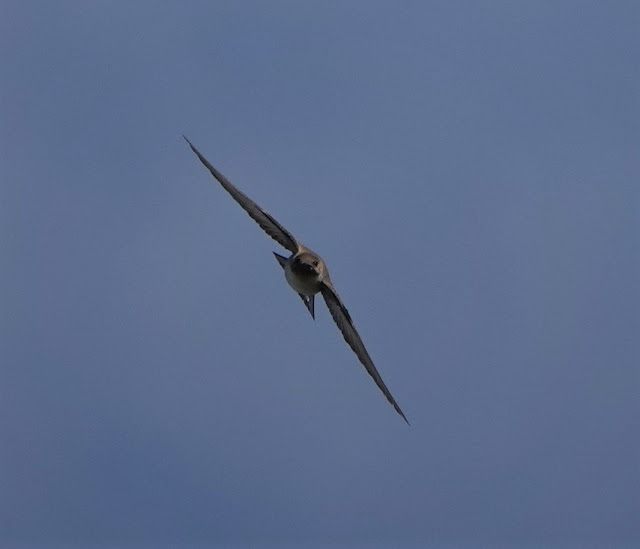Lockdown Birding Part 6

Spotless Starling (Martin Kelsey) He looks as if he has been immersed in Brylcream, a right greaser, his breeding plumage shiny and jet. Not oily - it is hard to detect any colourful irridesence (apart from a bare suggestion of purple), but greasy. The feathers appear lank and matted, those on the crown and throat almost lacquered-erect and pointed. The feet are the tone of pink you will find in a roast, medium-rare. The bill is daffodill-yellow with the windswept-blue base of a male. This Spotless Starling has become one of my favourite companions during my lockdown birding. He sometimes sings in view, perched on the telegraph post beside the house, bill wide open, prickly throat feathers spread out and entering bouts of excited wing-paddling. Usually he sings hidden from my view, on a perch behind the laurel tree in front of me. I am the only aware of his presence by his extraordinary vocalisation. His concoction bubbles away....a fizzy, gargling, sparkling, wheezing series of...





